|
MiG-21 squadron learns from the experience of shooting down F-4s supporting forces attacking B-52s, December 27, 1972 (Photo: Archive) |
Open the victorious air front
More than 70 years ago, on March 3, 1955, the Ministry of National Defense, Commander-in-Chief of the Vietnam People's Army, General Vo Nguyen Giap signed the Decision to establish the Airport Research Board, starting the process of building the Vietnam People's Air Force. In the early years of establishment, there were many difficulties, but with the attention of the Party Central Committee, the Central Military Commission, and the Ministry of National Defense, the air force developed rapidly. In early 1963, fighter pilots had completed the conversion of MiG-17s, preparing to establish the first Fighter Air Force Regiment of our Army.
On August 5, 1964, the US unjustly staged the Gulf of Tonkin incident, mobilizing two aircraft carriers, Constellation and Ticonderoga, with dozens of fighter and attack aircraft of all types, to destroy our naval and air defense bases in Quang Ninh, Thanh Hoa, Vinh, Quang Binh... in order to weaken the fighting spirit of the army and people in the North.
The very next day, August 6, 1964, to fulfill the mission, Regiment 921 was quickly transferred from Mong Tu (China) to Noi Bai airport, urgently preparing for combat. Just over 3 months later, on November 9, 1964, President Ho Chi Minh visited Regiment 921. Here, he advised: “Our ancestors have had glorious victories on rivers and seas such as Bach Dang, Ham Tu, on land such as Chi Lang, Van Kiep, Dong Da... Today we must open a victorious air front. That responsibility is first and foremost yours.”
Taking Uncle Ho's teachings to heart, on April 3, 1965, the MiG-17 squadron led by pilots Pham Ngoc Lan, Phan Van Tuc, Ho Van Quy, and Tran Minh Phuong, with their courage and Vietnamese air combat art, boldly and unexpectedly approached the enemy aircraft at close range and within just a few minutes, two F-8Us were destroyed.
|
Helicopter squadron practices flying to celebrate the 50th anniversary of national reunification. (Photo: Anh Tuan - Vo Viet) |
For the first time in history, an American plane was shot down by a Vietnamese pilot! That feat not only shook the Ham Rong sky, but also was a resolute affirmation: “The US Air Force is no longer invincible!” That feat made the people and soldiers of the whole country proud, encouraging the determination of our army and people to defeat the American invaders.
Eagles soar
How could the small MiG-17s defeat the world's most powerful professional air force? The answer is only one: "Dare to fight, know how to fight and be determined to win". The US is not only strong in the number of modern aircraft and sophisticated weapons, but also masters electronic warfare, by using EB-66 aircraft, equipped with dozens of jammers of all kinds, making radars almost "blind". However, on November 19, 1967, pilot Nguyen Dang Kinh took off and shot down an EB-66 right in the sky over the Vietnam-Laos border.
During the 4 years of fighting against the first US destructive war (1964-1967), the 921st and 923rd Fighter Regiments made 4,602 combat sorties, fought 251 battles, shot down 218 US aircraft of various types, and captured 50 pilots.
The 919th Transport Air Regiment took off in combat 51 times, sank 3 commando ships, 1 landing ship, damaged 3 others, damaged 1 radar station, 2 helicopters, transported supplies 402 times, dropped 3,115 parachutes, with 631 tons of cargo, flew 206 safe special flights and thousands of other missions.
In late 1968, in order to block traffic on the strategic Truong Son route, the enemy increased the use of many types of warfare with increasingly fierce and brutal scales. To deal with the enemy, Tho Xuan, Anh Son, Vinh, and Dong Hoi field airports were quickly built, and night flight squadrons were established to prepare for nighttime air battles to maintain the strategic traffic artery, connecting the northern rear with the southern front. There were suicide night flights, taking off in pouring rain from Vinh airport to Vinh Linh, Quang Binh, fighting with the enemy until they ran out of fuel, the pilots had to parachute, and only after surviving did they hear their commanders and teammates emotionally share: “Last night we knew you would not be able to return! But early this morning, the Quang Tri campaign was launched. At 1 o'clock when you left, the B-52s came in! We were afraid they would discover the assembly formation to launch the Quang Tri campaign, so you had to go.” Going to chase away the B-52s, to maintain the traffic arteries, to not reveal the ground assembly formation!
Not only in the sky, but also at sea, our Air Force wrote bold feats, bombing raids that damaged two enemy cruisers and destroyers, causing the 7th Fleet to be stunned and inactive for about 4 months, helping the supply line to the South to be open for a long time.
In late 1972, in order to prevent the collapse of the Saigon puppet government and put pressure on the negotiating table in Paris, President Nixon approved the plan for a strategic air strike on Hanoi, Hai Phong and several localities in the north, codenamed Linebacker II.
However, all of the enemy's calculations, relying on the prestige of modern weapons and the power of the US Air Force to bring the North "back to the Stone Age" were turned upside down and completely failed. Together with the army and people of the North, besides the effective air defense network with outstanding achievements in shooting down B-52s and many modern American aircraft in the sky of the North and even the sky of the capital Hanoi, our Air Force with its brave silver swallows took off to fight with all their bravery and resilience and contributed worthily to the common victory.
|
Su 30 MK2 squadron practices flying in the sky of Ho Chi Minh City to celebrate the 50th anniversary of national reunification. (Photo: Anh Tuan - Vo Viet) |
During the fiery days, when national dignity faced and defeated the power of tyranny, the heroic air defense and air force “knocked down” the “super flying fortress” B-52 not just one but up to 34, of which 16 crashed on the spot during 12 days and nights of Hanoi-Dien Bien Phu in the air in the sky of Hanoi. The resounding victory of the army and people of the North delighted international friends, smashed the idol of the “super flying fortress”, destroyed the idea of “negotiating from a position of strength”, forced the US government to sign the Paris Agreement on January 27, 1973, withdrawing all expeditionary troops, creating a new position and strength for the Vietnamese revolution, liberating the South, and unifying the country.
During the historic spring of 1975, with the spirit of “speed, faster, bolder, bolder”, those “eagles” grew up quickly, and were honored to participate in the final battle - liberating the South and unifying the country. History will forever record the event of the Quyết Thắng Squadron playing the role of an aerial attack, using the enemy’s own A-37 aircraft to fight the enemy.
To carry out that mission, within just 6 days, the team of technical staff and pilots had to study all documents in English, and convert the captured A-37 aircraft from the enemy air force. Everyone raced against time with Vietnamese will and courage. Then on April 28, 1975, 5 A-37s carrying bombs took off and suddenly attacked Tan Son Nhat airport. This was an excellent joint military and service battle of our Army at a very decisive moment, contributing to accelerating the panic and disintegration of the enemy, along with the forces, fronts, and attack points, contributing worthily to the final victory.
|
Helicopter squadron practices flying in the sky of Ho Chi Minh City to celebrate the 50th anniversary of national reunification |
Through rich and fierce combat practice, facing enemies equipped with much more modern and sophisticated means of war, the people's war for national liberation has forged 4 heroic Air Force Regiments of the Vietnam People's Air Force with the tradition of winning the first battle, growing up from the smoke of war, which are Regiments 921, 923, 925, 927.
History has recorded the names of 19 outstanding pilots who achieved glorious feats of shooting down 5 or more enemy aircraft, namely: Nguyen Van Coc; Nguyen Hong Nhi; Pham Thanh Ngan; Mai Van Cuong; Nguyen Van Bay A; Dang Ngoc Ngu; Luu Huy Chao; Nguyen Nhat Chieu; Le Thanh Dao; Vu Ngoc Dinh; Nguyen Ngoc Do; Nguyen Dang Kinh; Le Hai; Nguyen Duc Soat; Vo Van Man; Nguyen Phi Hung; Nguyen Van Nghia; Nguyen Tien Sam; Le Quang Trung and many other outstanding pilots. Their names are the pride of our Army, our Army, and our people in the great cause of fighting against foreign invaders, liberating the nation, and unifying the country.
Over 70 years of construction, fighting and development have affirmed that, despite facing an air force many times stronger, the Vietnam People's Air Force has quickly matured, mastered modern equipment, mastered the sky of the Fatherland, made its name with outstanding and resounding feats that made the enemy respect, and set records in air combat in the war to protect the Fatherland. Today, promoting the tradition of the heroic unit, officers and soldiers of the Air Force are willing to devote all their strength, courage and intelligence to serve the Fatherland, to preserve the country's mountains and rivers.
Nhandan.vn
Source: https://nhandan.vn/khong-quan-nhan-dan-viet-nam-voi-su-nghiep-thong-nhat-non-song-post872182.html


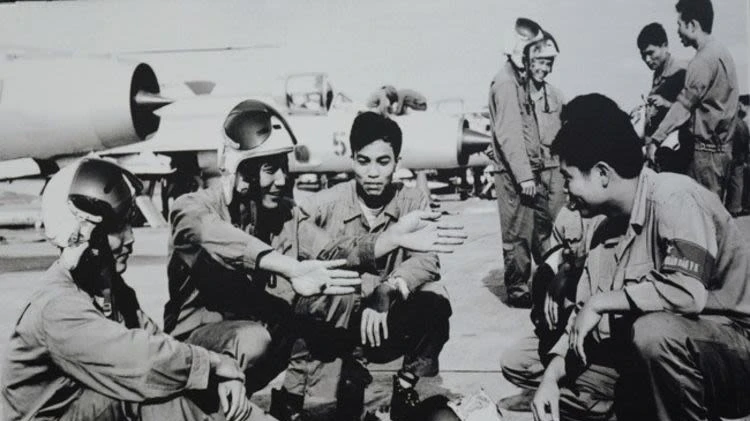
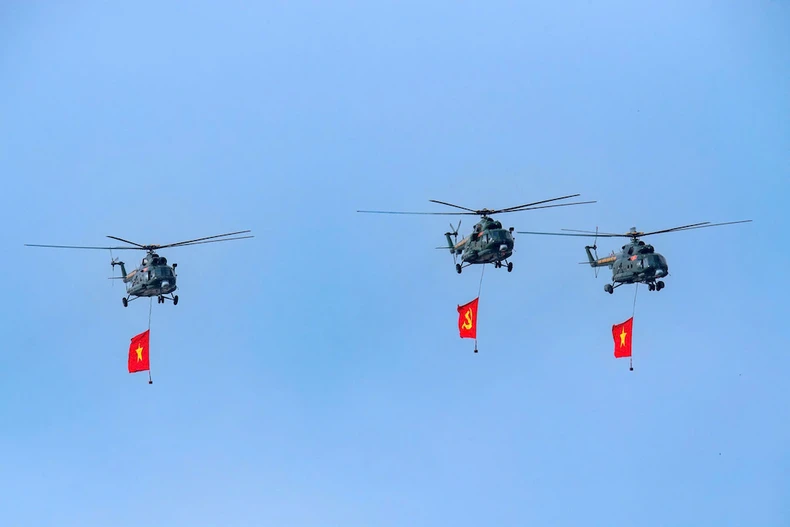
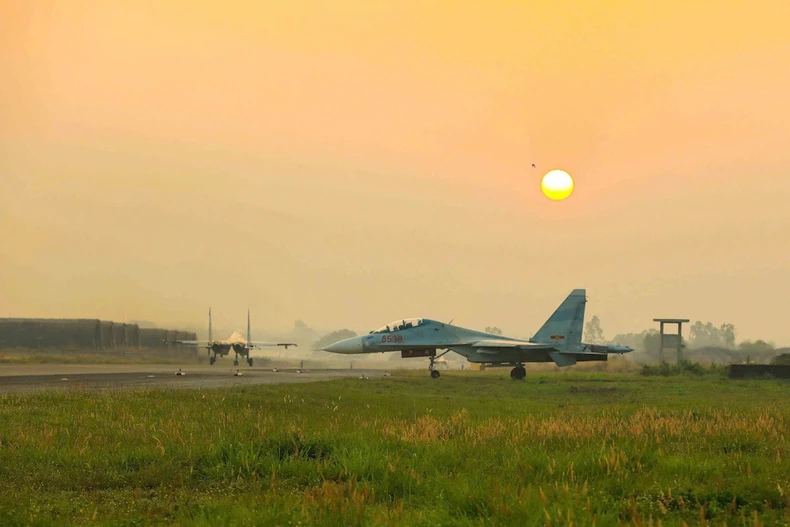
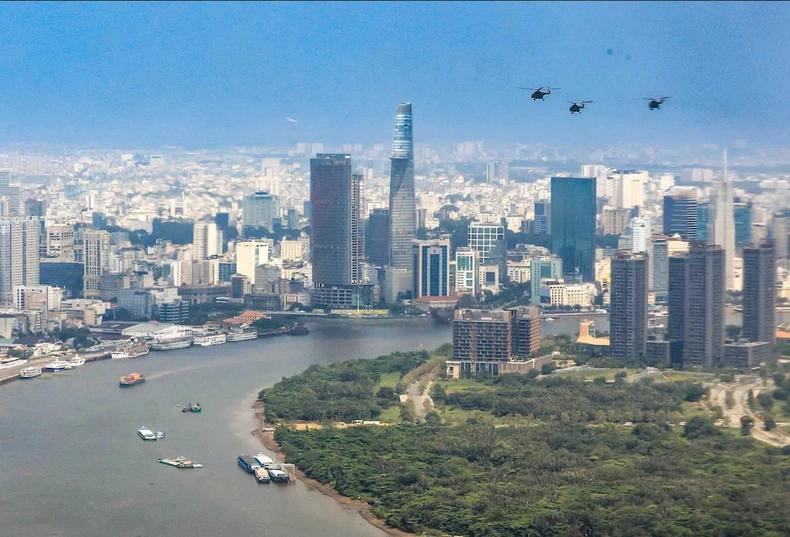
![[Photo] Buddha's Birthday 2025: Honoring the message of love, wisdom, and tolerance](https://vphoto.vietnam.vn/thumb/1200x675/vietnam/resource/IMAGE/2025/5/12/8cd2a70beb264374b41fc5d36add6c3d)



![[Photo] Prime Minister Pham Minh Chinh works with the Standing Committee of Thai Binh Provincial Party Committee](https://vphoto.vietnam.vn/thumb/1200x675/vietnam/resource/IMAGE/2025/5/12/f514ab990c544e05a446f77bba59c7d1)
![[Photo] Prime Minister Pham Minh Chinh starts construction of vital highway through Thai Binh and Nam Dinh](https://vphoto.vietnam.vn/thumb/1200x675/vietnam/resource/IMAGE/2025/5/12/52d98584ccea4c8dbf7c7f7484433af5)
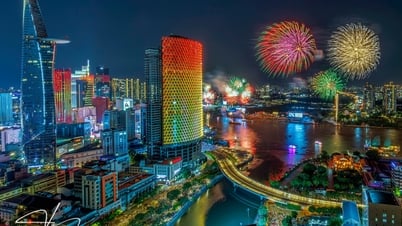

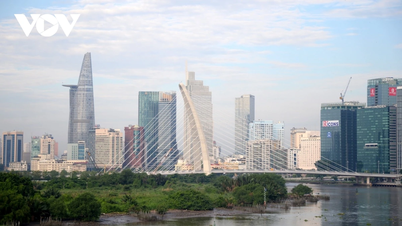



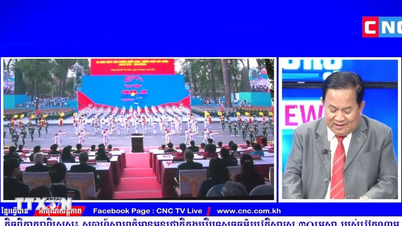

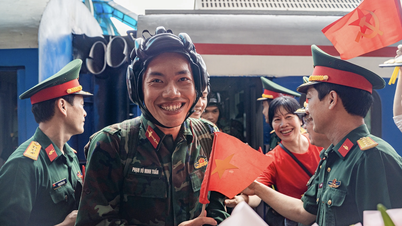

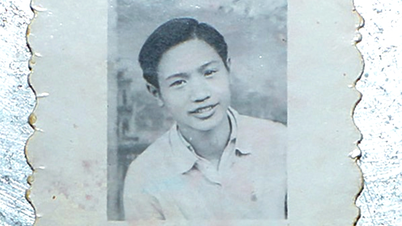
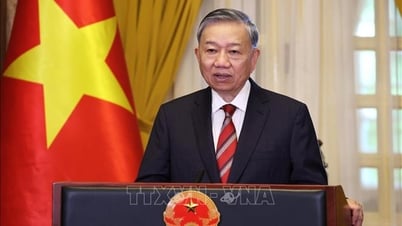
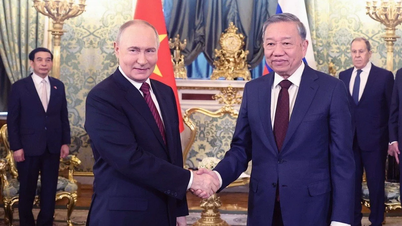
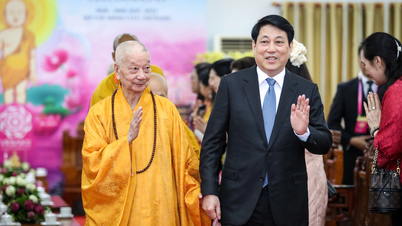
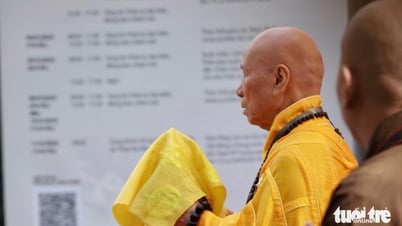
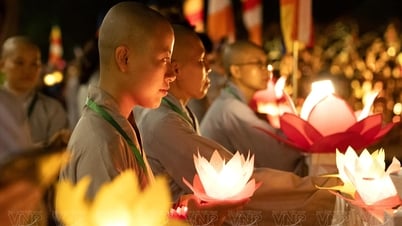
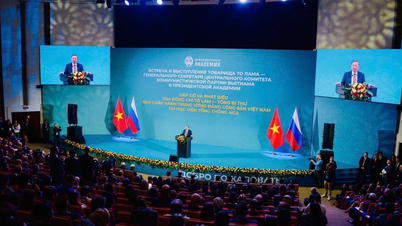




![[Video] International Nurses Day (May 12): Honoring the silent contributions](https://vphoto.vietnam.vn/thumb/402x226/vietnam/resource/IMAGE/2025/5/12/e417af33166f4fa28057c788dcd9086f)

![[Photo] Prime Minister Pham Minh Chinh works with the Standing Committee of Thai Binh Provincial Party Committee](https://vphoto.vietnam.vn/thumb/402x226/vietnam/resource/IMAGE/2025/5/12/f514ab990c544e05a446f77bba59c7d1)
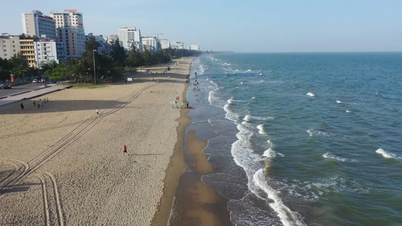
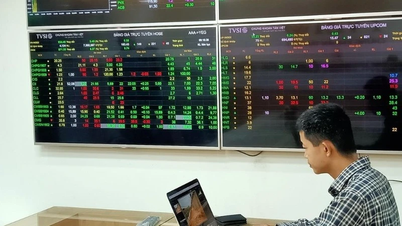
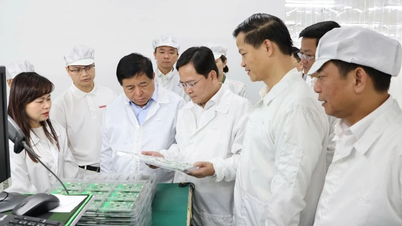











































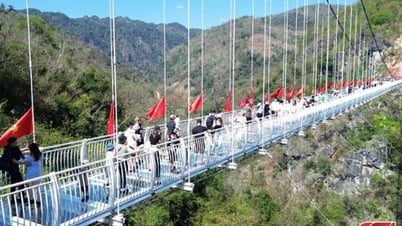



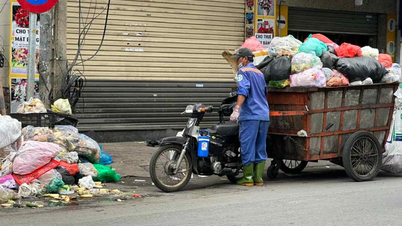

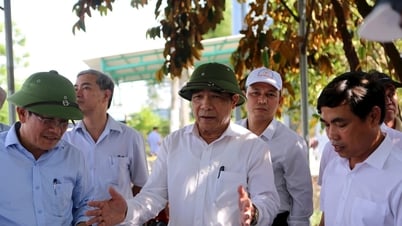
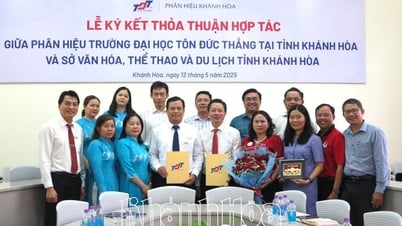



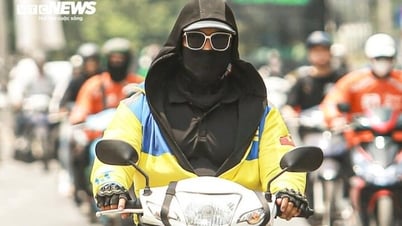










Comment (0)